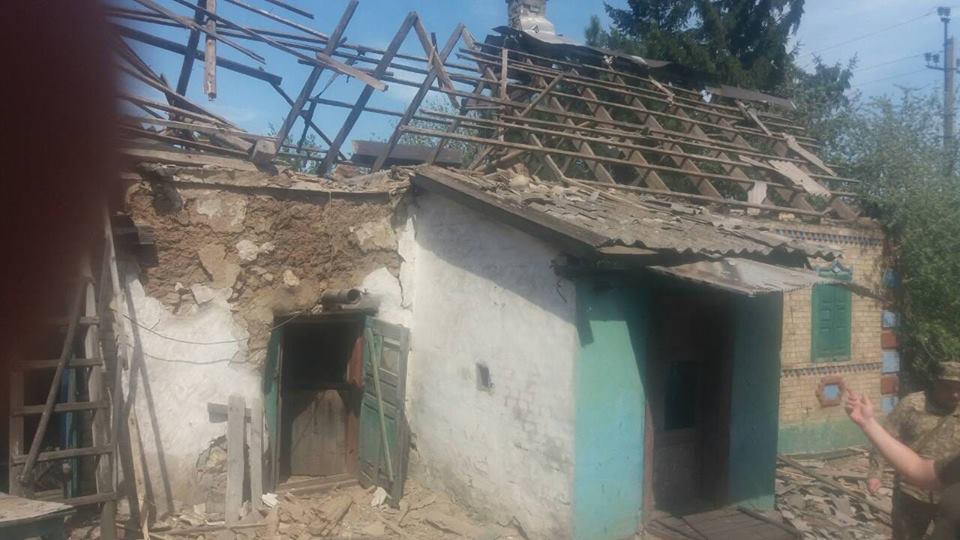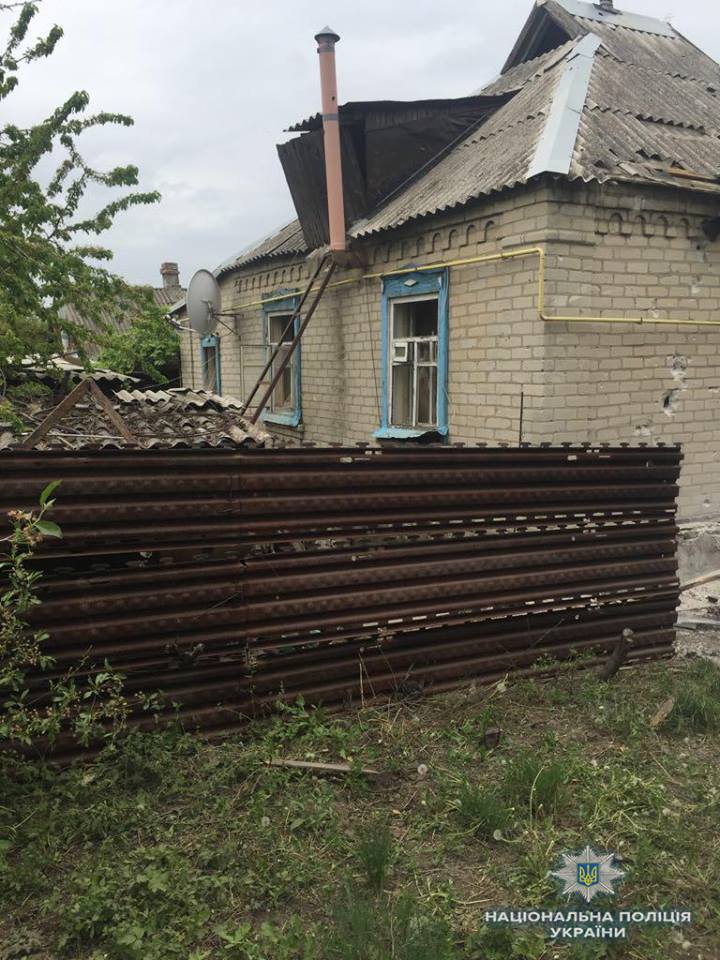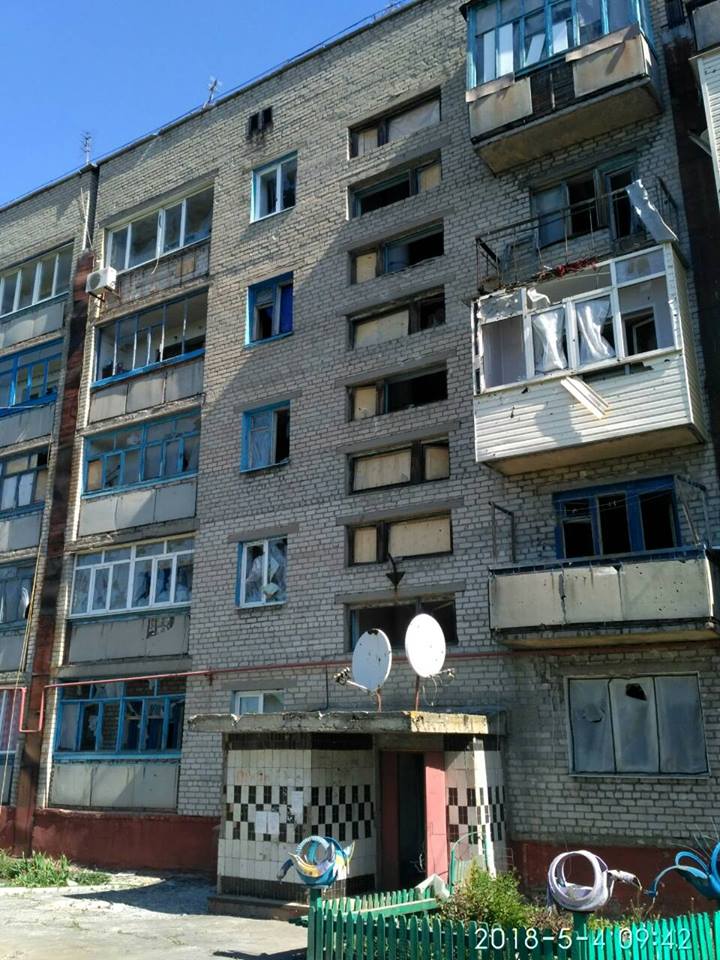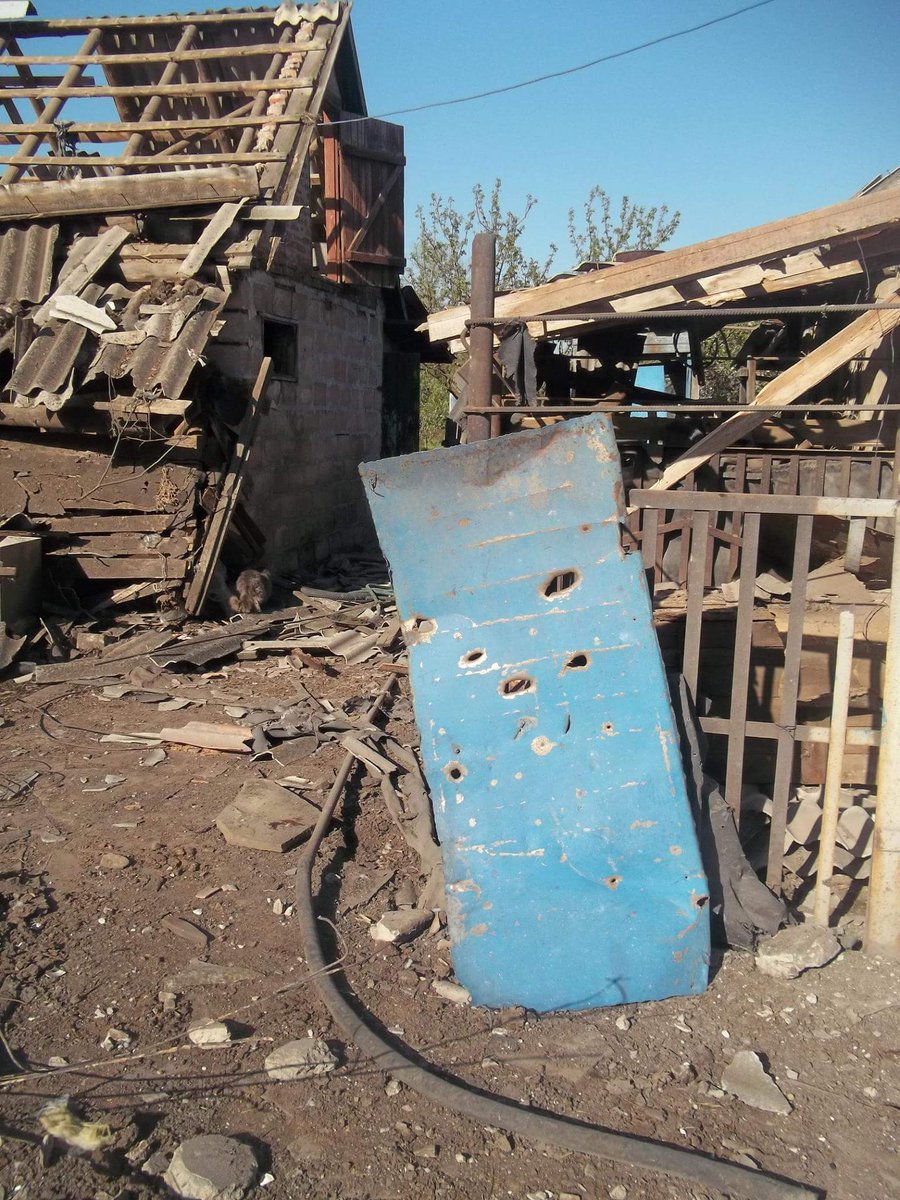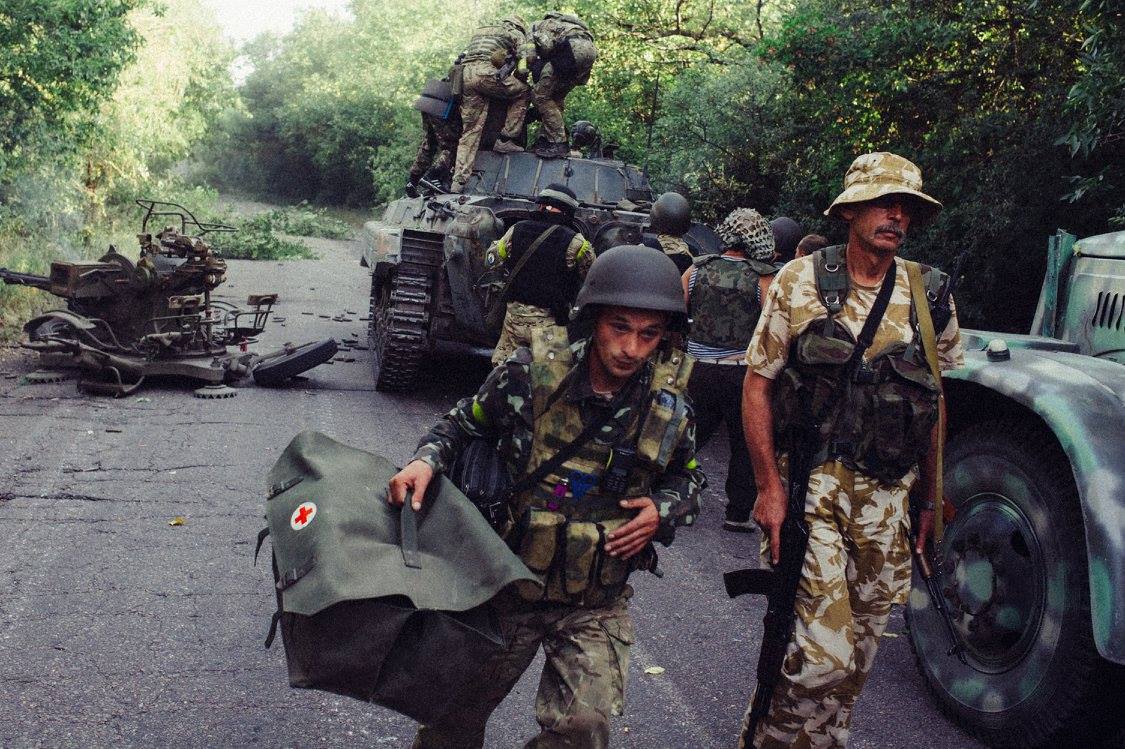There are no significant territorial gains in the Donbas since early 2015 when the second direct invasion of the Russian regular forces led to the occupation of Debaltseve, the main railway hub of the Donbas region, and further loss of Donetsk Airport.
No remarkable offensive operations were conducted since then for more than two years. However, the Minsk Agreements didn’t bring peace to the war-torn region and even didn’t freeze the conflict. The troops have entrenched along the contact line. World War I-style clashes continue until now with small-scale local attacks and rare gains of strategic high lands and de-militarized settlements in the so-called gray zone.
The ceasefires regularly facilitated by the OSCE usually decrease the number of violations for a while until the next escalation followed by yet another ceasefire. But the Ukrainian army keeps sustaining daily casualties. Mutual skirmishes and artillery attacks across the front line occur every day.
On the last day of April, Ukraine changed the format of the military operation in the Donbas, reframing it from the Anti-Terrorist Operation (ATO), led by the Security Service of Ukraine since April 2014, into the Joint Forces Operation (JFO) under the military leadership.
The new format should make the use of army, police, and special forces more efficient in the war zone and shift Ukraine to a more active defense. Former President Leonid Kuchma who now represents Ukraine in the Trilateral Contact Group for the settlement in Eastern Ukraine (TCG), says that the change should bring “more order” to the frontlines and it won’t affect the Minsk peace process.
Last year’s bloodiest month
April 2018 became the bloodiest month for the Armed Forces of Ukraine since July 2017, despite the fact that this year’s Easter ceasefire was mostly observed and reduced tensions in the first week of the month. According to the official reports by JFO Staff, the Ukrainian army sustained 93 casualties in April – 5 soldiers were killed and 88 wounded in action in the front lines of the Donbas.

The Ukrainian Armed Forces have experienced 39 casualties in the first 2 weeks of May with 3 fatalities, only two days were not marred with military casualties.
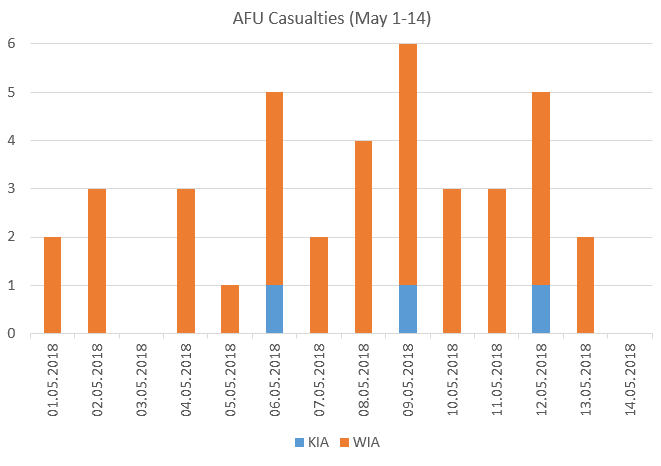
Civilians suffer from both sides of the front
Residential areas come under shelling on a regular basis along the contact line. The OSCE Special Monitoring Mission reported 6 civilian deaths and 17 injuries in two last weeks of April. The total number of civilian casualties since the beginning of the year by the end of April reached 74 people, including 18 fatalities.
The front-line Donetsk Water Filtration Station regularly comes under attacks. This risks leaving the cities of Avdiivka and Yasynuvata and the northern neighborhoods of Donetsk without running water. The shellings often damage power lines close to the front leaving settlements without electricity.
Read also: Fears of radioactive disaster as Russian proxies plan to flood nuclear test site in Donbas
Humanitarian missions near the front-line can also be dangerous:
~16:20 #Opytne area: "In a humanitarian mission, our car by the Christian Rescue Service [=Ukrainian Roman Catholic Church] was destroyed by the enemy." No one was hurt. Source: https://t.co/ZX5ICstMG4 https://t.co/7Ewup3ES7u pic.twitter.com/wEchwmsG2h
— English Luhansk (@loogunda) May 4, 2018
“With the targeting of civilian housing and hospitals, destruction of schools, and extensive damage to agricultural production, everybody in the region has, in reality, become a casualty of war. The people in Donbas have been victims of this conflict for far too long now,” said OSCE Parliamentary Assembly President George Tsereteli (MP, Georgia) on 13 May 2018 following a two-day visit to areas close to the frontline in eastern Ukraine of a delegation of senior OSCE parliamentarians.
Parading banned equipment
For the third time, the Russian-hybrid forces have held a Victory Day parade in occupied Donetsk and Luhansk on 9 May, featuring tanks and other heavy weapons, once again breaching the 2014-2015 Minsk Agreements, which include a paragraph on the withdrawal of heavy weapons of 100 and more mm in caliber to create a security zone on 50-140 km from the both sides of the contact line.
The parades in both cities showcased about 50 pieces of heavy equipment, including tanks, self-propelled artillery systems, multiple rocket-launch systems, and artillery of different types.
#Donetsk: Hardware at the parade https://t.co/by3r7jUsr5 pic.twitter.com/VXBDREJzBe
— English Luhansk (@loogunda) May 9, 2018
Occupied #Luhansk today https://t.co/YOzXBtZBiX https://t.co/FcbmxhcAH2 pic.twitter.com/ygw84QB4kI
— English Luhansk (@loogunda) May 9, 2018
May09 occupied #Luhansk: military equipment exhibition 1/3 via https://t.co/6oXkJUnJ8L pic.twitter.com/NquRqbh4Mr
— English Luhansk (@loogunda) May 10, 2018
Four years into the war, several Ukrainian media outlets broadcasted the “victory parade” from the occupied city of Donetsk and Secretary of the National Security and Defense Council of Ukraine (NSDC) Oleksandr Turchynov appealed to the SBU that they impose sanctions against the corresponding media.
Meanwhile, the Russian-hybrid forces use heavy equipment not only for parading. The JFO Press Center reports cases of the usage of heavy artillery for attacks on Ukrainian positions almost every day. The Ukrainian artillerymen return fire as well.
Ukraine has had fewer military casualties in the first two weeks of the JFO as compared to the second half of the last month of the ATO. It’s too early to make any conclusions, but the time will tell whether it was a result of imposing a new command style with the JFO or just a temporary decrease in military activity of the Russian-hybrid forces during the May holidays after the mid-April escalation.
Russia is still not going to de-occupy the two East-Ukrainian regions and there is no visible progress in talks on the deployment of a UN peacekeeping mission in the area.
Even if the war stops tomorrow, clearing the region of the landmines and unexploded ordnance may take up to 40 years to make the Donbas safe again, according to the assessment of the Ukrainian Ministry of Defense. According to UNICEF Ukraine, 1,833 people were killed or injured from 2014 to 2017 due to mine and explosive remnants of war (ERW) related incidents in Luhansk and Donetsk oblasts.











